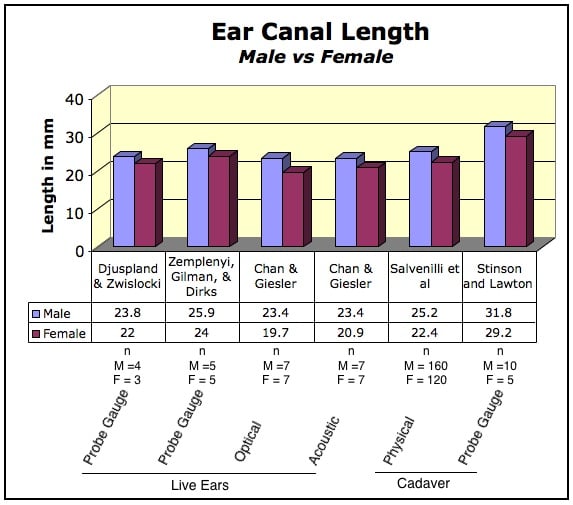Dec. 05, 2017
This is a guest blog based on the theme, that some is good, but too much is not good. I have invited Pieter van ‘t Hof (pvthof@dynamic-ear.com) who is the Manager of Research and Development of Dynamic Ear Company to contribute this week. Suppose you are on a cocktail party which has just started. Only a couple of people









